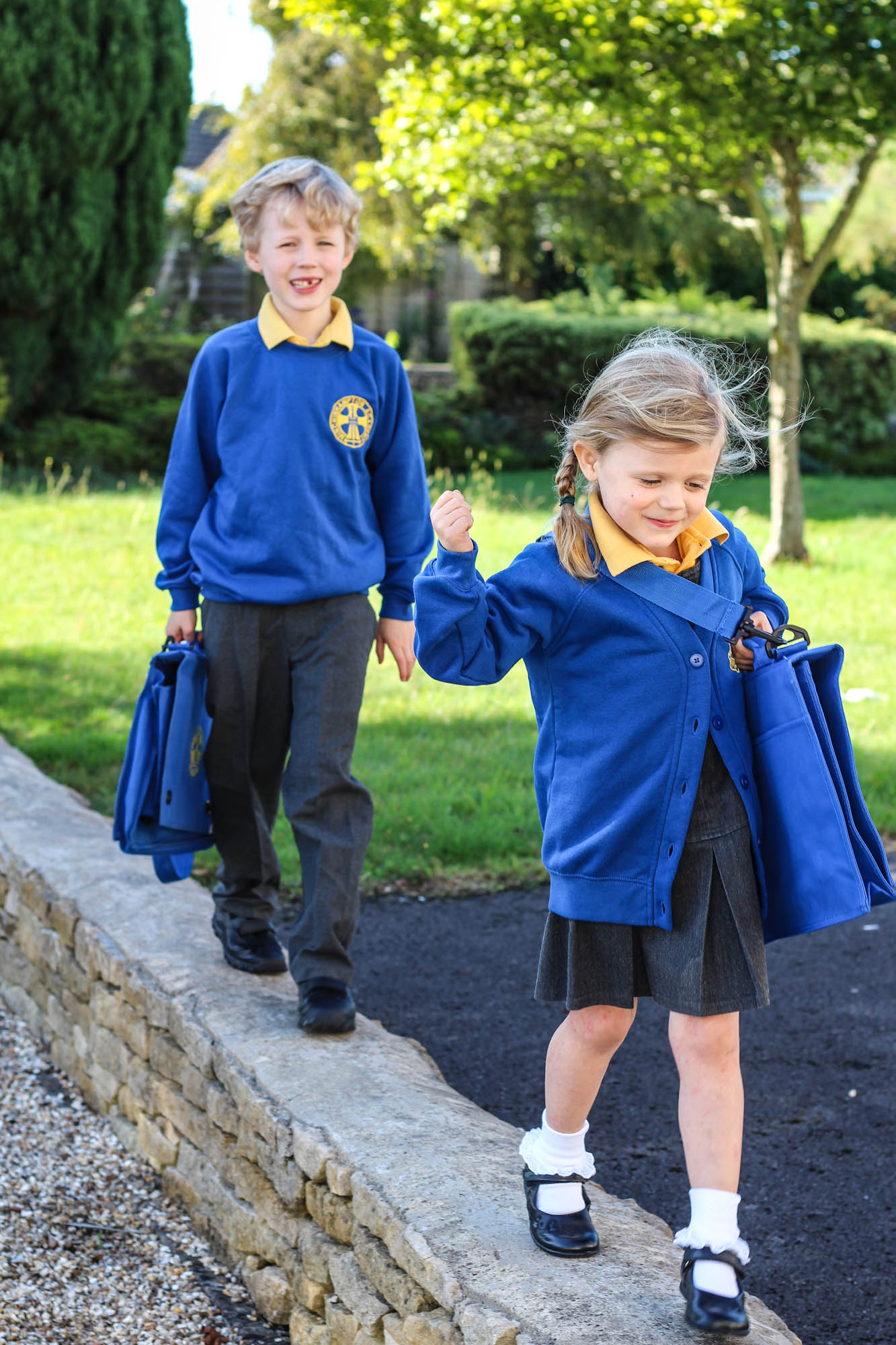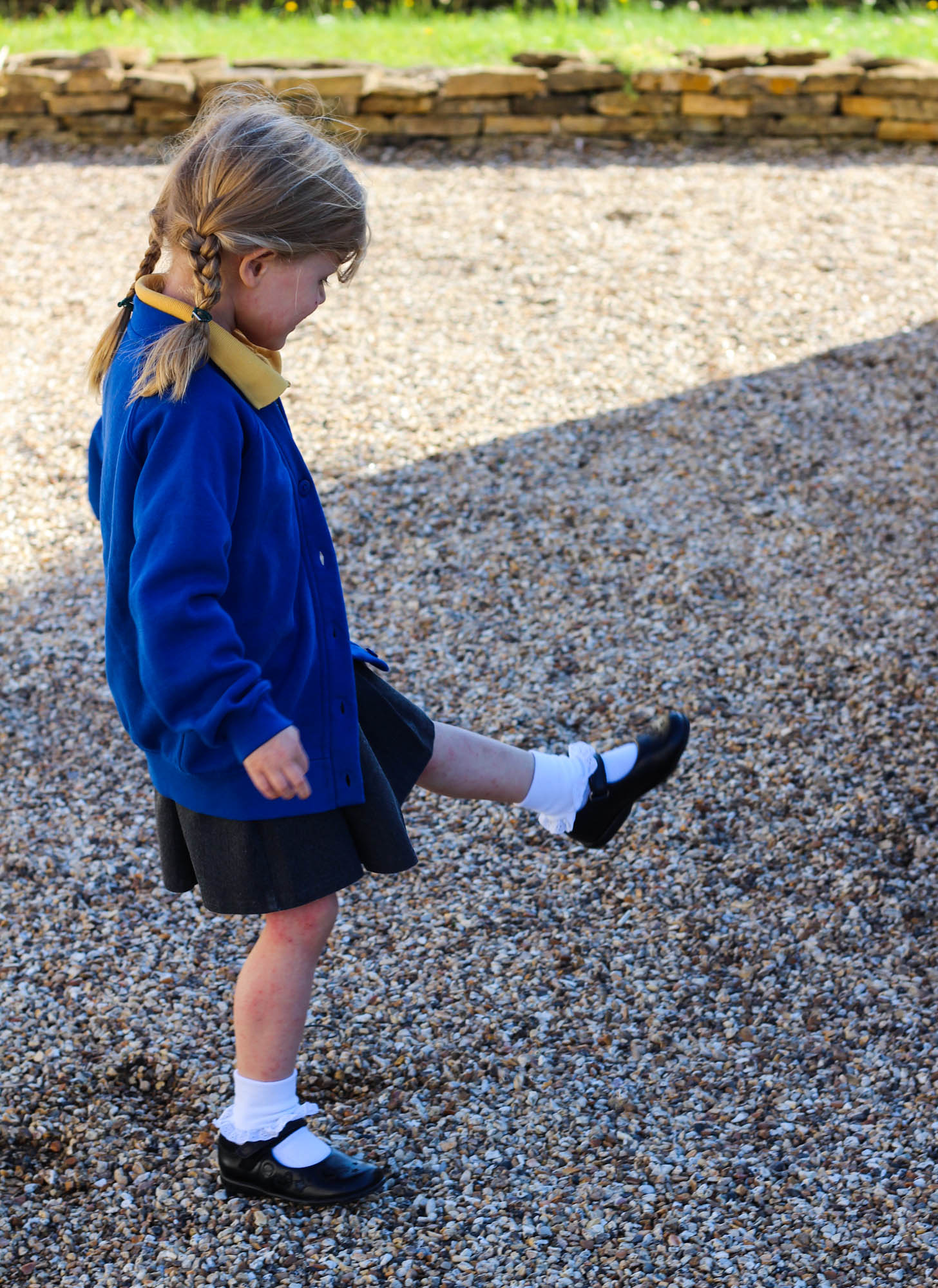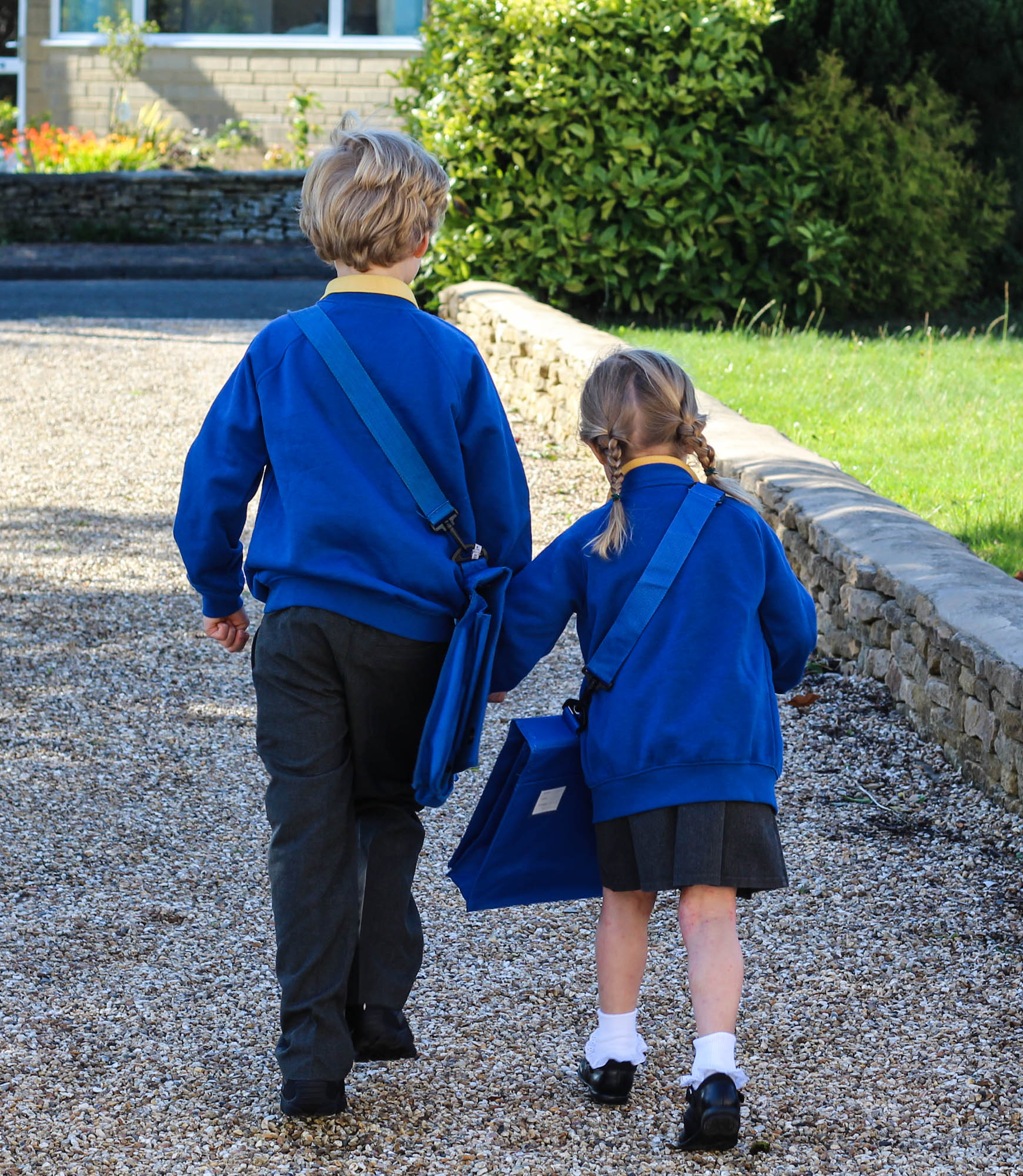It’s that time of year again. Feet are frantically being measured, new uniforms bought, items labelled, and parents up and down the country are thanking their lucky stars that iron on labels have been invented. The end of summer is nigh and everyone is preparing to go back to school.
The school uniform business is huge for retailers. Gone are the days when uniforms were expensive. Nowadays retailers compete to dress our children at an amazing price. For just £2 you can buy your child’s school sweatshirt at Asda, and at Tesco’s F&F a packet of 2 polo shirts will set you back a mere £2.50. But at what cost?
The collapse of the Rana Plaza building over 2 years ago, revealed one cost of cheap clothing as corners were cut and the safety of the workers severely compromised leading to many deaths and injuries. That was the reason I recently challenged Tesco’s F&F about working conditions in their Bangladesh factories, where many items of school uniform are made. Whilst it was great that Tesco were prepared to be transparent, I certainly wasn’t aware of the dangerous chemicals used in production of school clothing and what effect they could be having on our children.
Garments that are “easy iron” or “stain resistant” sound great; they are convenient and make our busy lives just that little bit easier. But do you know what dangerous chemicals are used to achieve this effect? Also did you know the synthetic fabrics used to make uniforms, such as polyester and polycotton, are actually made using chemicals?
The Science Class
“Non Iron or Easy Iron” – To make a garment easy or non iron, a group of chemicals called PFCs (Perfluorinated Chemicals) are added. One you are probably familiar with is called Teflon. The US Environmental Protection Agency has made warnings about the link between these chemicals and forms of cancer, usually occurring in the pancreas, liver, human prostate and bladder.
“Stain resistant or Fire Retardant” – PBDE (Polybrominated diphenyl ethers) are used to make a garment stain resistant and fire retardant. The problem with these chemicals? They are highly toxic due to their bioaccumulation in every living organism. According to medical research, their effects in humans are irreversible. The most common health problem is thyroid related (hormones!) but they have also been shown to be detrimental in a child’s brain development.
Synthetic Fabrics – Did you know that polyester and polycotton, fabrics often used to make school trousers and skirts, are a derivative of crude oil and plastic and in their creation petrochemicals are used? These are incredibly harmful to the environment, it has been claimed that the creation of polyesters and nylons emits greenhouse gases at a rate of more than 300x that of carbon dioxide. Also, these fabrics are known to aggravate skin conditions prevalent in children such as eczema as the fabrics trap heat and don’t allow your skin to breathe.
Good/Bad News?
So the good news is that the EU ensures that all textile and garment manufacturers follow a set of regulations that restrict the amount of chemicals used. This is known as REACH (Registration, Evaluation,Authorization and Restriction of Chemicals). It all sounds reassuring, but just think our children wear their school uniform for an average of 35 hours a week, so more often than any other garment. Approximately 600 different chemicals are used in textile production, and though individual amounts are regulated, we are not clear what the cumulative effects are of lots of different toxic chemicals.
The Solution?
A few suggestions.
- Wash all garments before your child wears them, and if it’s made of a synthetic fabric (think chemicals!) wash it at least three times before it is worn.
- Buy 2nd hand clothing, it’s good for our environment, will have been washed many many times and has the added benefit of saving you money.
- Where possible buy organic clothes; this way you know they haven’t been in contact with any dangerous chemicals.
Two mums thought that it was bonkers that their children wore lovely clothes made of natural fabrics during the weekend but the majority of their time was spent wearing cheap synthetic school uniforms, so EcoOutfitters was born. They are a school clothing company with nothing to hide. All their clothes are ethically produced, eco-friendly and made from 100% organic cotton which means they have no toxins on them. No cheap polyester, no harmful Teflon coatings. The company is certified by GOTS (Global Organic Textile Standards) which guarantees that the supply chain from field to final product meets rigorous environmental and social standards. These are school clothes that allow our children’s skin to breathe without the risk of aggravating allergies or doing harm to them.
More Reading
The factual information for this article was from the following resources:
Photos by Jeanette Hewer and EcoOutfitters





Actually, this article is just another one there to scaremonger. Im a chemistry student in my final year of a masters degree. I can assure you these facts are utter rubbish. For example, polyester. All of the reagents used to make polyester are safe and won’t harm your little darlings. Yes, some are derived from fractions from crude oil, but the harmful bits are separated out and unless they defy the rules of physics and chemistry they aren’t getting in there! Poly cotton is simply polyester and natural cotton (which by the way is again a chemical – as is everything you breathe in, touch, smell etc.) PFCs. Now if the author of this article had done their research they would have found that these are the safer alternative to CFCs, which are damaging the ozone layer. Oh and that nice waterproof coat you have? Yeah, that has a CFC based coating or a PFC coating. They are just a couple of the issues I have with this. It upsets me to see people using chemistry terms to try to scaremonger parents into spending lots on school uniforms. Believe me, if there were any issues with the uniforms sold by Adsa, Tesco etc. they would not be allowed to sell them. Please don’t get scared by a few long named chemicals. Your basic identity is made up of deoxyribonucleic acid. If I told you that named chemical causes cancer would you avoid that too?
Author
Hi Cait,
Thank you for your comment, I agree that we should not scare mums into buying organic through vague claims about dangerous chemicals and it is vital to be aware of how pseudoscientific terms can be manipulated for advertising.
However, having read several articles including one published by the National Institute of Environmental Sciences (https://www.niehs.nih.gov/health/materials/perflourinated_chemicals_508.pdf
) I have been challenged to think more deeply about the environmental and potential health impact of the fast fashion industry.
A number of animal studies have shown the potential harm on a number of body systems of reagents used in clothing manufacturing. In my view this should challenge our presuppositions about what is acceptable now and safe in the long term.
In addition by law manufacturers are only required to disclose the composition of the garment and the final country of make, and I think it is important we are aware of what goes into making our clothes, so we can make an informed decision.
I suggest you read the following articles:
http://www.brighthub.com/environment/green-living/articles/91967.aspx#
https://oecotextiles.wordpress.com/?s=toxic+lies
http://www.minddisrupted.org/documents/MD%20PFC%20Fact.pdf
https://chemicalwatch.com/11013/perfluorinated-chemicals-a-persistent-problem
Thanks
Karen x
So glad to hear of an ethical, organic source of children’s school clothes. Supermarket school clothes seem too good to be true and obviously are.
Very interesting blog
Author
Thanks Kate x
What an excellent blog – very relevant and thought provoking.
Author
Thanks, I think JJ will find it particularly interesting in relation to Millie xx